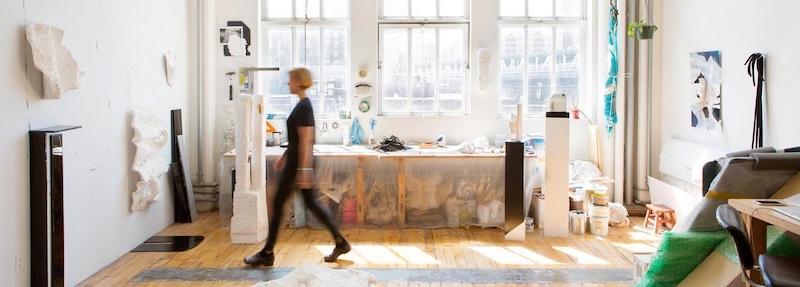The needs and interests of emerging and established residency programs diverge and converge as dynamically as the field evolves.
Artist residencies provide artists, scholars, educators, and other creative professionals with time, space, and resources to work, individually or collectively, on areas of their practice that reward heightened reflection or focus. Often referred to as fellowships, apprenticeships, research projects, or training programs, residencies can be found in urban or rural areas, serving one artist at a time or many. Residencies vary in nature from their structure and program type to their offerings and facilities.
While there is no single checklist for starting a residency program that will work for every situation, we are always gathering resources to support the creation and refinement of sustainable and equitable processes, policies, and practices.
If you are in the early stages of planning or developing a residency program, you may find the following publications helpful:
- 10 Considerations as You Start an Artist Residency Program
- A Primer and Introduction to the Five Pillars of a Healthy Residency
- Artist Residencies: Impact + Assessment
Citation and attribution are forms of care. We ask that if you share these resources, you provide credit to ACA, and to our presenters and partners as appropriate.

ACA hosts workshops and gatherings to help support conditions within artist residency programs where artists and staff can thrive.
Past programs have included:
Evolving Program Institute (EPI)
Grounded in ACA's Five Pillars of a Healthy Residency Framework, these multi-day workshops are designed to address the needs of residency programs in the early stages of development.
Equitable Capacity Workshops
Equitable capacity refers to the ability of organizations to create and sustain equitable and accessible conditions for artists and staff to thrive. These workshops are designed for residency board and staff.
#ResidenciesConnect
These online, peer networking sessions provide opportunities for staff members of arts and cultural organizations to share learning and creative approaches to common challenges.
